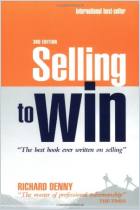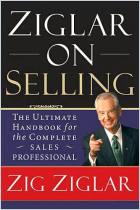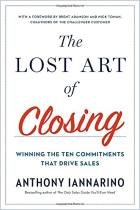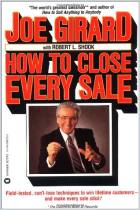Since its release in 1992, Glengarry Glen Ross, a star-studded, cult classic play and movie about manipulative real estate salesmen, has influenced a generation of salespeople. Its renowned motto “always be closing” has become a mantra for many salespeople. But, according to veteran sales trainer and coach James Muir, “always be closing” is “hogwash.” So what works instead? In this informative book written specifically for salespeople struggling to close deals, Muir spells it out in engaging detail.
Selling is hard, but for many salespeople, the hardest part is closing.
If trying to close sales frustrates you, turn to “The Perfect Close,” which author James Muir explains as a reliable method with a successful track record. It’s easy to use and doesn’t force you to transform yourself into a despicable high-pressure manipulator.
This non-confrontational, collaborative sales approach fits every type of sale. It’s based on psychology, and it has a high success rate, although you can learn it in five minutes. This technique helps salespeople develop meaningful relationships with their customers while enabling customers to feel that they are in control of the sale – though the salesperson guides them through each step along the way.
Most salespeople need a better way to close.
Sales has always been challenging. In today’s complex market, many salespeople find it tougher than ever. And it was tough enough in the past, when the average sales rep met only 50% to 60% percent of his or her sales quota.
Because success figures are worsening for most salespeople, sales remains one of the “highest turnover...

















Comment on this summary